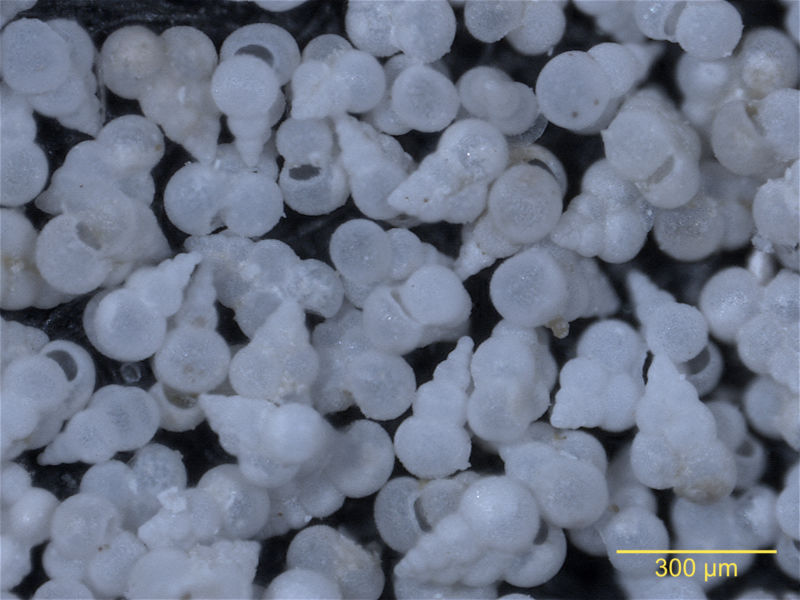End-Cretaceous mass extinction saw big swings in ocean pH

Enlarge / Forams collected from the time of the Chicxulub asteroid impact that (at least in part) drove a mass extinction. (credit: Michael J. Henehan)
As nasty as the asteroid impact at the end of the Cretaceous sounds, you wouldn't think scientists would be spending much time asking, "Yeah, but how did things actually die?"
It's not just a macabre fascination. With so many awful things going on at once-including a remarkable stretch of volcanic eruptions in what is now India-there are a handful of kill mechanisms to choose from. And when you closely examine the patterns of which species in which environments went extinct, the picture gets complicated.
One major question has been the extinctions in the oceans. On land, there were several years of freezing temperatures and sunless skies, not to mention the tsunamis and worldwide wildfires. The oceans have a tremendous thermal mass, however, that would have moderated the global chill. In the deep ocean, the loss of sunlight wouldn't be felt as immediately.
Read 13 remaining paragraphs | Comments